Play Video
1:36
Rare footage smuggled out of Rakhine
Who are the Rohingya?
Described as the world’s most persecuted people, 1.1 million Rohingya people live in Myanmar. They live predominately in Rakhine state, where they have co-existed uneasily alongside Buddhists for decades.
Rohingya people say they are descendants of Muslims, perhaps Persian and Arab traders, who came to Myanmar generations ago. Unlike the Buddhist community, they speak a language similar to the Bengali dialect of Chittagong in Bangladesh.
The Rohingya are reviled by many in Myanmar as illegal immigrants and they suffer from systematic discrimination. The Myanmar government treats them as stateless people, denying them citizenship. Stringent restrictions have been placed on Rohingya people’s freedom of movement, access to medical assistance, education and other basic services.
‘We die or they die’: Rohingya insurgency sparks fresh violence in Myanmar
Read more
What has been happening to them?
Violence broke out in northern Rakhine state on 25 August, when militants attacked government forces. In response, security forces supported by Buddhist militia launched a “clearance operation” that has killed at least 1,000 people and forced more than 300,000 to flee their homes. The UN’s top human rights official said on 11 September that the military’s response was “clearly disproportionate” to insurgent attacks and warned that Myanmar’s treatment of its Rohingya minority appears to be a “textbook example” of ethnic cleansing.
Map Myanmar
Refugees have spoken of massacres in villages, where they say soldiers raided and burned their homes. The government claims the Rohingya have burned their own homes and killed Buddhists and Hindus, a claim repeated by some residents. It says that the military is targeting terrorists, including the Arakan Rohingya Salvation Army (Arsa), the group that claimed responsibility for the August attacks.
Satellite analysis by Human Rights Watch has shown evidence of fire damage in urban areas populated by Rohingyas, as well as in isolated villages.
How many have been killed, injured or forced to flee?
Estimates of the death toll vary: the Myanmar government claims about 400 people have been killed so far, though others say the number is much higher. The UN estimated on 7 September that 1,000 had been killed. Bangladesh’s foreign minister, AH Mahmood Ali, said unofficial sources put the death toll at about 3,000. More than 310,000 people had fled to Bangladesh by 11 September. Those who have made it to the border have walked for days, hiding in jungles and crossing mountains and rivers. Many are sick and some have bullet wounds.
Aid agencies have warned of a growing humanitarian crisis in overstretched border camps, where water, food rations and medical supplies are running out of stock. Most refugees are now living in established camps, makeshift settlements or sheltering in host communities. Nearly 50,000 are in new spontaneous settlements that have sprung up along the border, where access to services is especially limited.
There are also fears for Rohingya people trapped in conflict zones. On 4 September, the UN said its aid agencies had been blocked from supplying life-saving supplies such as food, water and medicine to thousands of civilians in northern Rakhine state.
What’s the background to the story?
For decades ethnic tensions have simmered in Rakhine state, with frequent outbreaks of violence. In October 2016 nine police officers were killed by armed men, believed by officials to be Muslims. Amid the ensuing violence, 87,000 Rohingya Muslims fled to Bangladesh and government troops expanded their presence in Rakhine state.
At the time, a senior UN official alleged that the Myanmar government was seeking to rid the country of its Muslim minority – an accusation that has been made repeatedly by human rights groups. The government denies the charge.
In August, Myanmar further increased the number of troops in Rakhine, after seven Buddhists were found hacked to death. The buildup of troops prompted warnings of a fresh wave of violence.
The most recent violence is seen as a major escalation not only because of the scale, but because of the involvement of the new Rohingya militant group, the Arakan Rohingya Salvation Army. It says the attacks on government forces were an act of self-defence.
What is the Myanmar government saying?
The government has claimed that it is targeting militants responsible for attacks on the security forces, and that the majority of those killed are terrorists. It also says that Rohingya are burning their own villages – a claim questioned by journalists who reported seeing new fires burning in villages that had been abandoned by Rohingya people.
The government has also accused international aid workers of helping “terrorists” besiege a village in Rakhine state. The claim was condemned as dangerously irresponsible by aid workers, who fear for their safety.
Why hasn’t Aung Sun Suu Kyi done anything about it?
When Aung San Suu Kyi rose to power there were high hopes that the Nobel peace prize winner would help heal the country’s entrenched ethnic divides. But she has been accused of silently standing by while violence is committed against the Rohingya. International pressure is growing on her to curb the military operations.
Last year she appointed Kofi Annan, the former UN secretary general, to lead a commission looking at long-term reconciliation in Rakhine state. But she has failed to criticise violence against the Rohingya.
Some argue that Aung San Suu Kyi fears an unpredictable military. Despite her position as state counsellor, the military has retained significant political power, with an allocated 25% of seats in parliament.
On Thursday 7 September, Aung San Suu Kyi defended her handling of the crisis. “It is a little unreasonable to expect us to solve the issue in 18 months,” she told the Delhi-based Asian News International. “The situation in Rakhine has been such since many decades. It goes back to pre-colonial times.
“Our resources are not as complete and adequate as we would like them to be but still, we try our best and we want to make sure that everyone is entitled to the protection of the law,” she said.
A statement on Aung San Suu Kyi’s Facebook page blamed “terrorists” for “a huge iceberg of misinformation” about the violence, and made no mention of the Rohingya who had fled.
- The figures in this article were updated on Monday 11 September

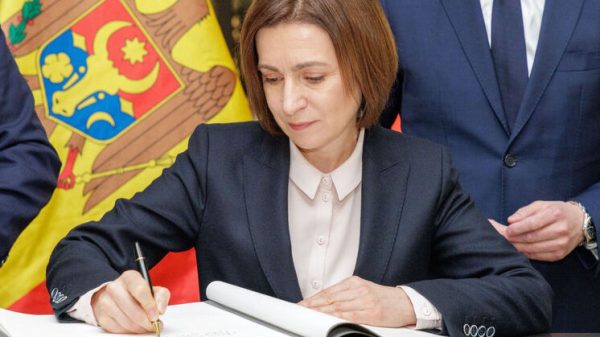
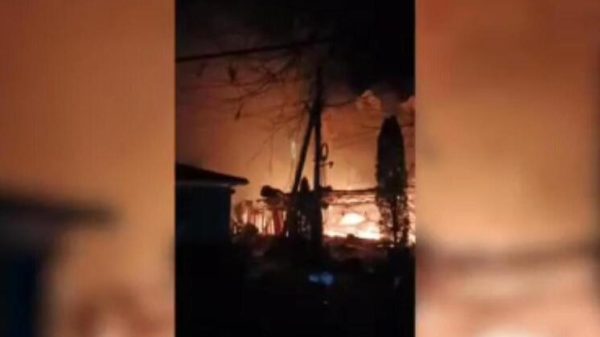
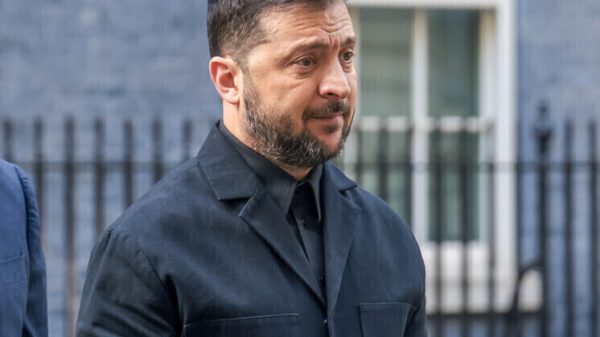
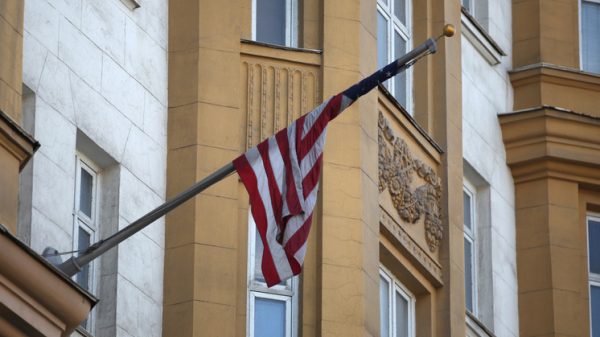
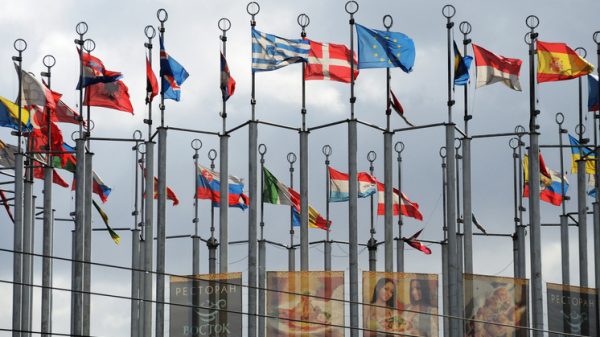

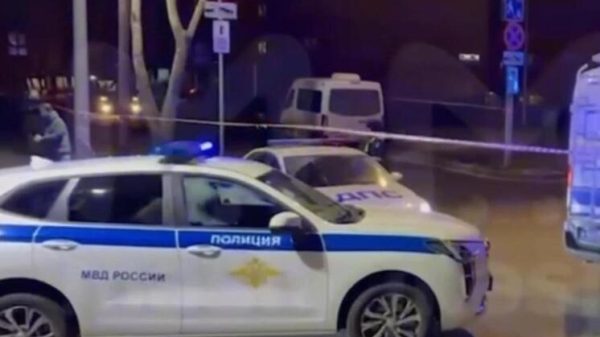
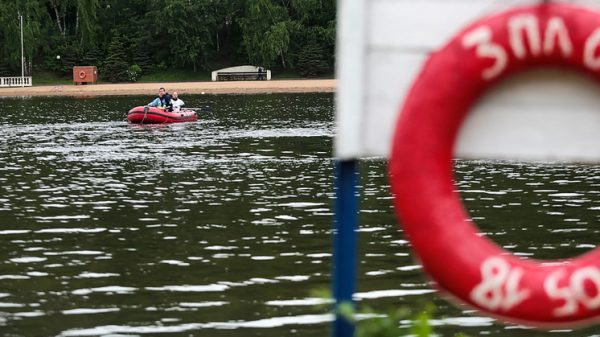
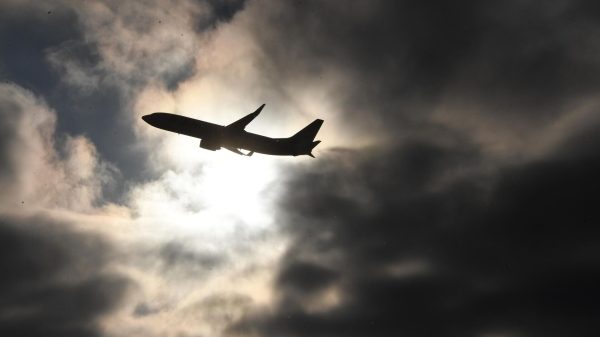
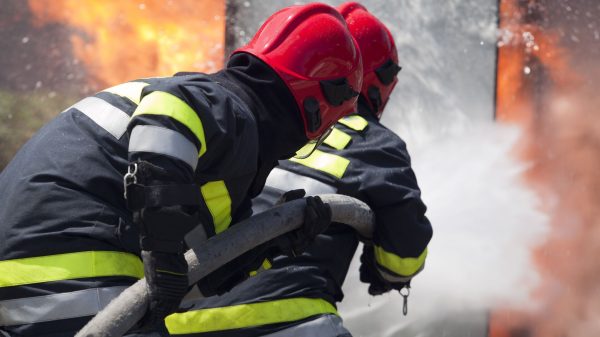
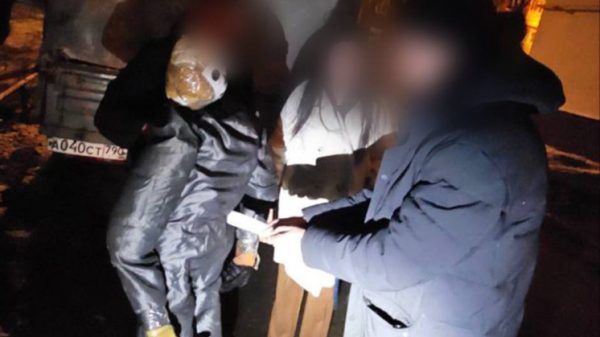
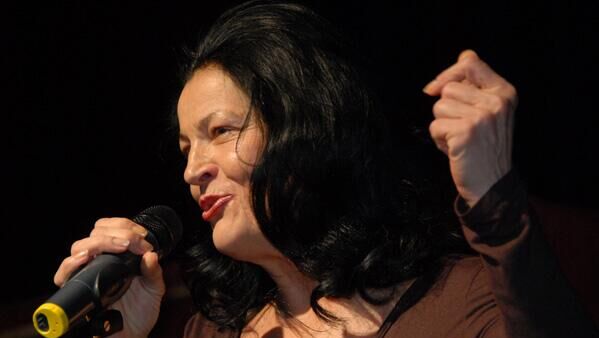
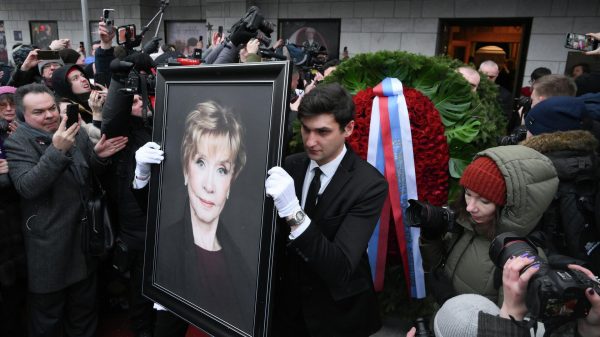
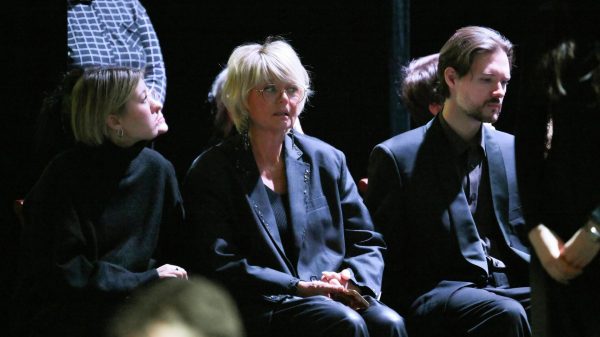
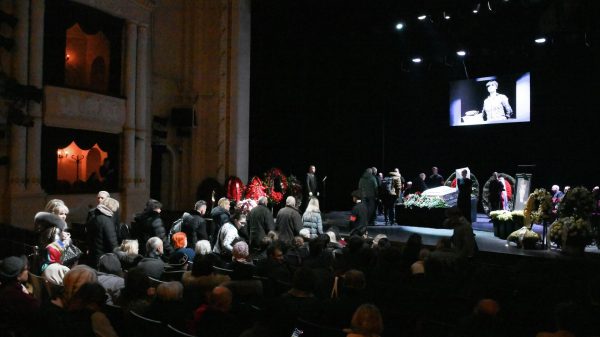
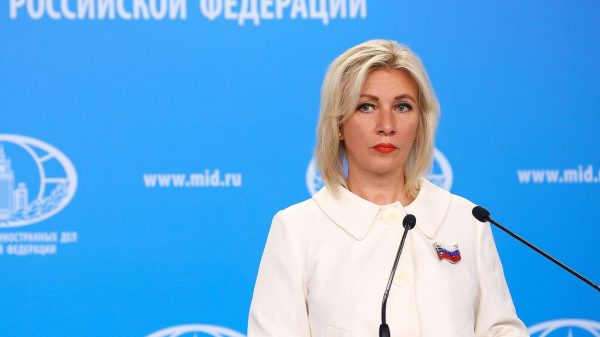

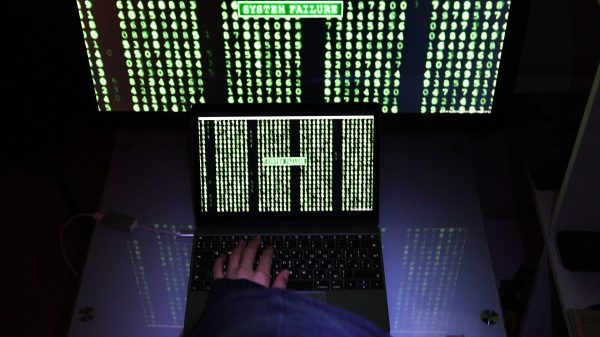














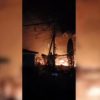




















Свежие комментарии